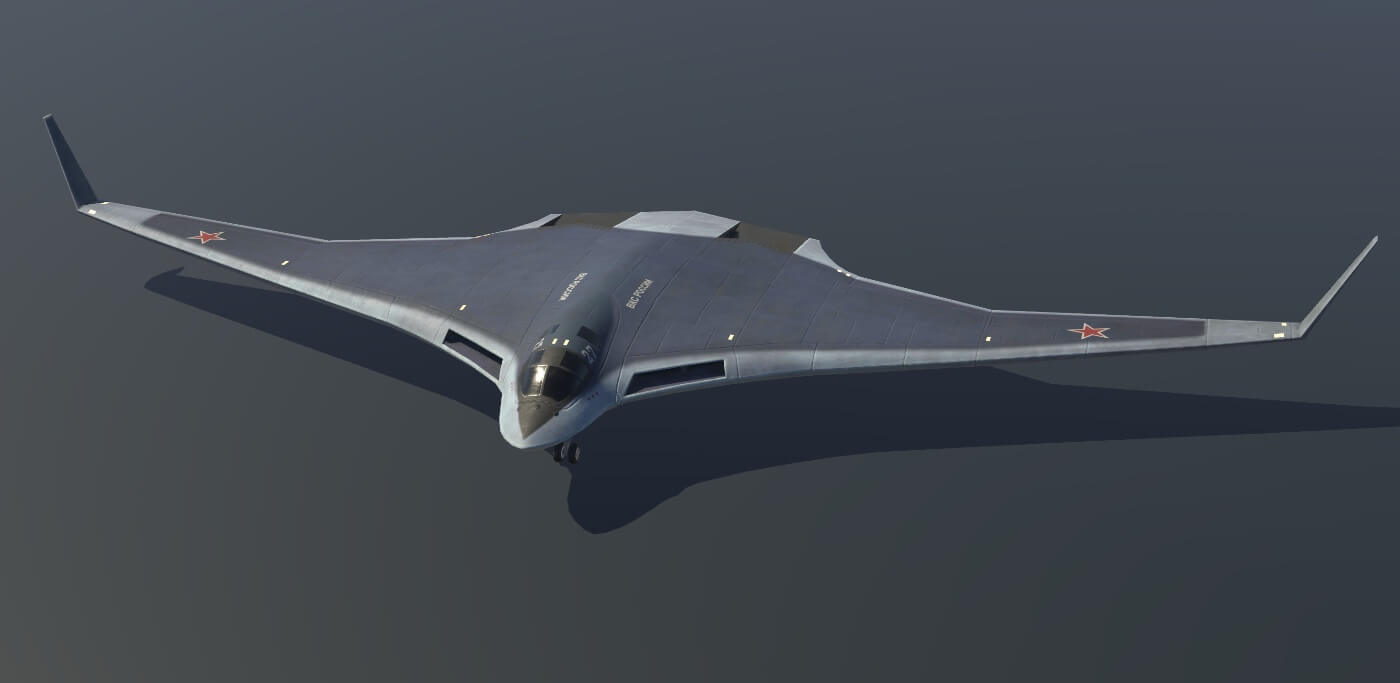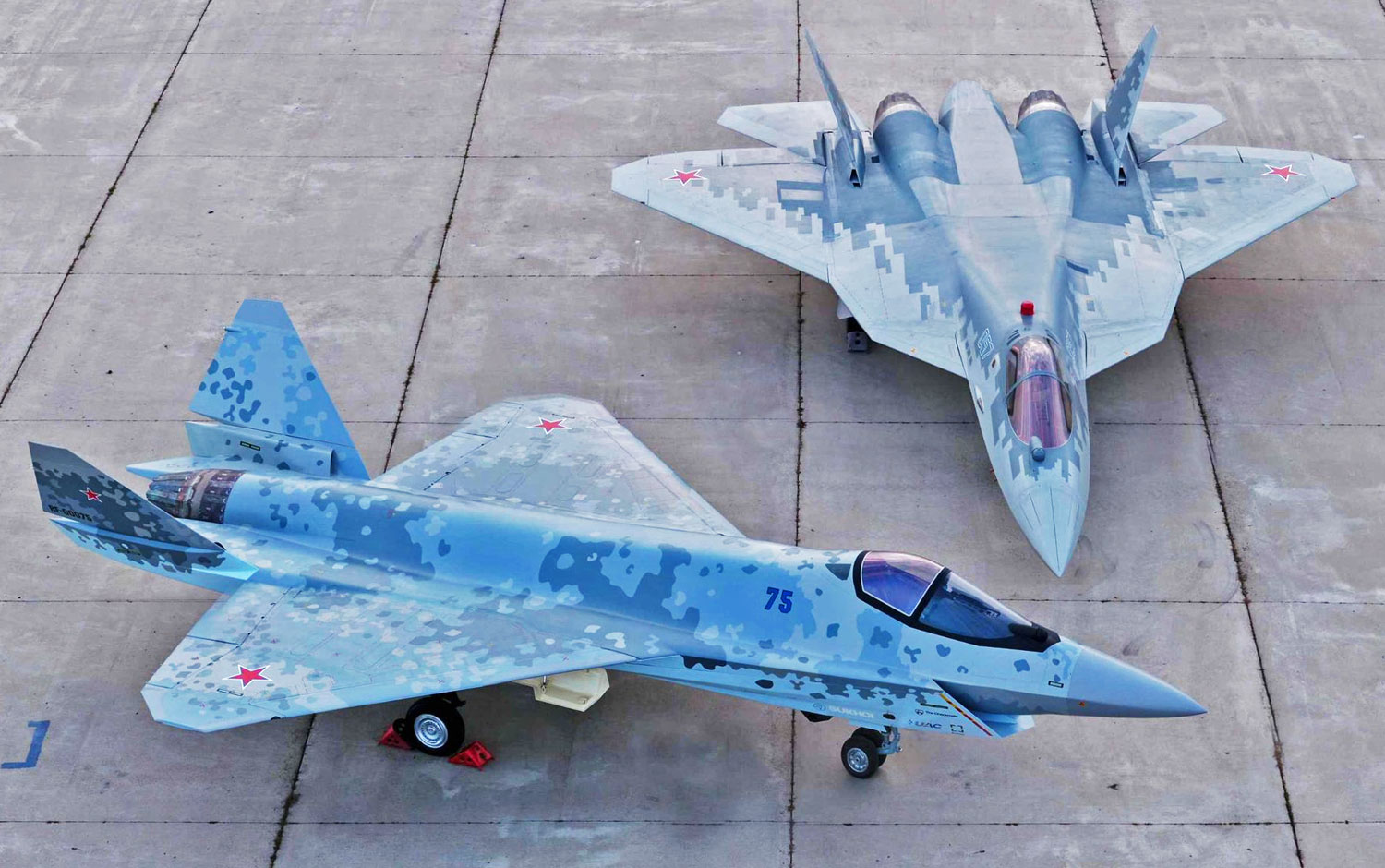“Russia has begun testing an ejection seat for a promising long-range aviation complex (PAK-DA),” General Director of the Research and Production Enterprise (NPP) Zvezda, Sergey Pozdnyakov said.
Russia’s Poseidon ‘Nuke Drone’ Test: Is US-Led NATO Making Mushroom Clouds Out Of A Molehill?
“We are almost on schedule. The tests are just beginning,” he said, responding to a question on whether the tests of the seat for the PAK-DA bomber had begun.
According to Pozdnyakov, the tests would comprise climatic and resource tests and examine ‘mechanical impacts.’ This implies checking whether the structural integrity is maintained and if the system can withstand the extreme pressures on the seat while being ejected by rocket boosters mid-flight.
In July 2021, Pozdnyakov said that the deliveries of the seats to the Tupolev Public Joint Stock Company (PJSC) should begin by 2023.

The PAK-DA is Russia’s first ‘long-range strategic bomber’ being developed in decades, meant to replace Tupolev Design Bureau’s three mainstays of the RuAF – the Tu-160 ‘Blackjack’, Tu-22M, and the 1950s era Tu-95 ‘Bear.’
Whether this means that the Tu-160 will simultaneously serve alongside the PAK-DA for a while before being phased out is unclear.
However, Air Forces usually do not retire entire fleets of aircraft in a single swoop, and certain numbers are retained and upgraded until their replacement finishes serial production.
After at least two years of rigorous flight testing, the final production model is frozen to reveal the necessary modifications and corrections. Both flight and ground crews also take time to be fully acquainted with the aircraft.
Moreover, Russia’s industry and trade minister Denis Manturov said in February this year that the upgraded Tu-160M will also be built with the PAK-DA while visiting the Tu-160 plant in Kazan. The Tu-160’s heavily upgraded ‘M’ variant first flew in 2021, six years after its modernization program began in 2015.
“It set to complete preparations for its (PAK-DA) debut flight and subsequently pass all the stages of trials and its launch into serial production. Two planes, the Tu-160M and the PAK-DA will be simultaneously produced,” Manturov said in comments quoted in several Russian media.
Russia will receive the first newly-built Tu-160M strategic missile-carrying bomber by the second quarter of 2022 for subsequent state trials and operational service.
Thus, it can be reasonably assumed that the PAK-DA and the Tu-160 would serve together for a substantial amount of time before the latter is decommissioned.
Half A Billion Rubles Worth Of Ejection Seats
With a crew of four on the Tu-160, Russian state manufacturers will make twelve ejection seats for the first PAK-DA, whose development and mass production will cost Rubles 500 million, according to a report in Izvestia. These four would be for the three prototype models that will be initially produced.
The Prospective Aviation Complex for Long Range Aviation (PAK-DA) began construction in May 2020 and is expected to begin flight testing by March 2025 and serial production by 2028-2029.
According to Izvestia, the two phases would be preliminary tests in April 2023 and ‘state tests’ by February 2026. This period will also see the testing of the “rescue system,” which can be assumed to be the ejection seats.
Previously, Pozdnyakov had said a new larger parachute for the pilots is also being developed. This is “because when large-mass pilot parachutes and lands not at ocean level or zero mark, but 1000-1500 meters, the fall speed is higher, and the dome area is needed more,” he added.
The seats will also have a new ejection control unit since the cabin will have to release not two but four pilots and their seats sequentially. This requires finer synchronization.
Russia’s First ‘Pure Stealth’ Combat Aircraft?
The flying-wing design PAK-DA can stay airborne for 30 hours, fly at subsonic speeds, and has an engine with a thrust of about 23 tons. In August, a publication by Popular Mechanics suggested that the Russian PAK-DA would have a longer range than the American B-2 Spirit, as Russia has fewer tanker aircraft for mid-air refueling.
Based on the Russian defense industry and ministry officials’ statements that the next-generation plane will feature new technologies and “materials” to “reduce its radar signature,” it appears that the PAK-DA will be a full-aspect stealth bomber, making it Russia’s first.

The Su-57 is often described as a very ‘low-observability’ aircraft that isn’t meant to be nearly invisible to radars, unlike the US F-22A and the F-35 Lightning II.
The PAK-DA’s direct competitors will be the US B-21 ‘Raider’ and China’s H-20, both aircraft whose first models are also being manufactured. However, the PAK-DA designation will likely change after the finalized serial production design.
The Su-57, for instance, was initially called the PAK-FA during its design, development, and flight-testing phase. The ability to fire Russia’s Kh-47M2 ‘Kinzhal’ hypersonic missile, precision bombs, highly encrypted communication equipment, Electronic Warfare, jam-resistant systems, and even air-to-air missiles for self-defense are some of the fundamental capabilities Russian planners have envisaged for the aircraft.
But the defining feature of the aircraft is likely to be a sixth-generation combined cycle engine, whose research and development (R&D) was launched in July 2021.
United Engine Corporation (UEC) Deputy CEO for Strategy Mikhail Remizov claimed “promising areas” like a “combined powerplant” and a “more electric engine” for “future combat aircraft.” Until then, the PAK-DA and the Su-57 would fly with fifth generation powerplants.”
- The author can be reached at satamp@gmail.com
- Follow EurAsian Times on Google News




